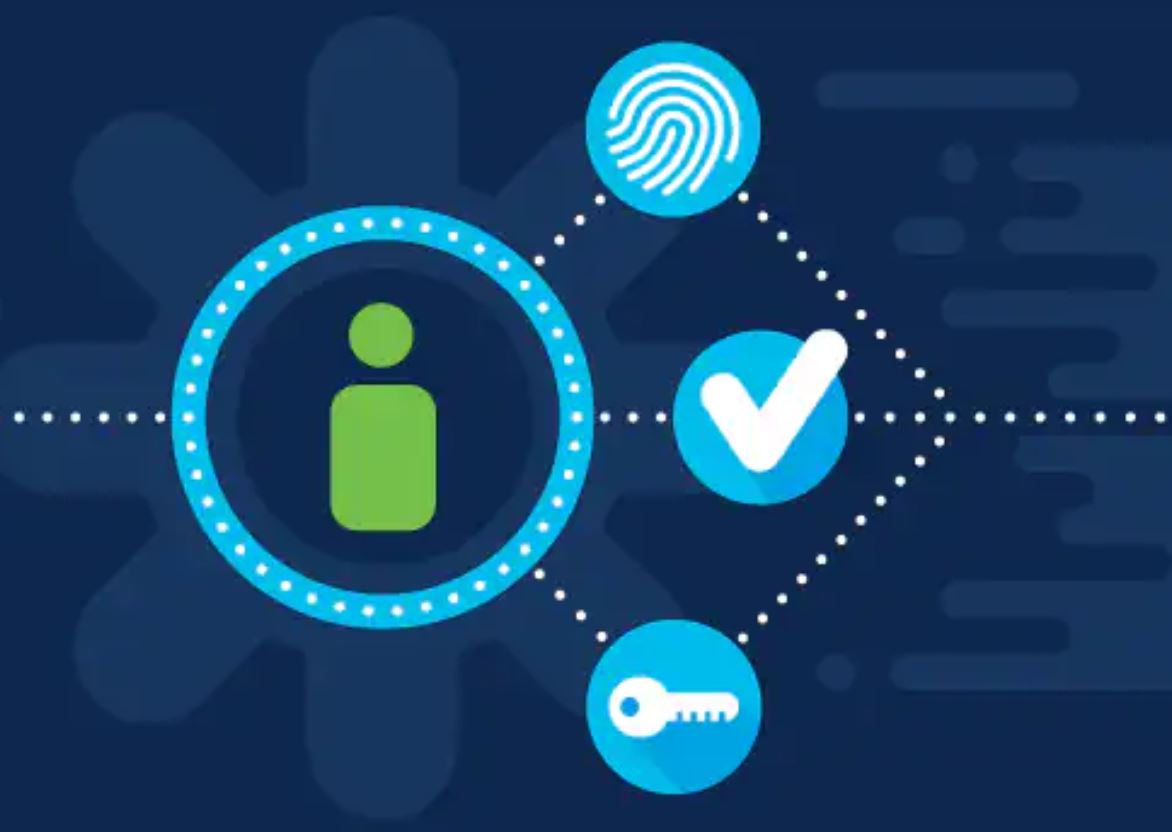Using identity and access management technologies in an organization’s infrastructure can help streamline operations while also adding an extra layer of security to prevent theft and fraud. These systems can also improve employee productivity, customer experience, and business efficiency.
Multi-Factor Authentication
Identity and access management can help defend your firm from threats. Furthermore, it protects your customers, staff, and sensitive data from theft and fraud. This will boost productivity and flexibility.
MFA ensures that only the individuals or groups specified in the database have access to a certain application. It also contributes to lower operational expenses, a better customer experience, and increased employee loyalty. Furthermore, it is frequently utilized to prevent SLA breaches.
Physical security keys, fingerprint scanners, a PIN, or an answer to a security question can all be used as MFA. Each factor has software and hardware requirements that should be understood by an organization.
Many online services include extra means of authentication. E-commerce apps, for example, can send OTPs to a registered user’s cell phone number after checkout.
Moment-based authentication is another prominent MFA method that is based on recognizing the user’s presence at a specific time. This is used in conjunction with OTPs and location-based MFA to verify the user’s identity.
These simple solutions are straightforward to adopt and may be tailored to your company’s specific requirements. You can utilize adaptive MFA, for example, to add authentication factors to boost the level of protection for high-value transactions.
MFA is classified into two types: employee-facing MFA and customer-facing MFA. These are commonly used for corporate email, VPN, file-sharing applications, and other services.
Read more topics:
Single Sign-on (SSO)
Single Sign-on (SSO) and identity and access management can help firms increase employee productivity, security, and partner cooperation. The solution allows users to sign into multiple systems and applications with a single set of credentials. Having only one set of passwords decreases the risk of security breaches and makes it easier for IT to cancel access rights.
Prior to the advent of single sign-on and identity and access management, users had to juggle multiple sets of login credentials or log into each application individually. This was time-consuming and frequently resulted in poor password hygiene. A compromised password database, for example, could jeopardize a user’s services.
Identity and access management technologies enable billions of users to easily use the internet. They let users sign in to Windows-based resources as well as web-based programs.
SSO can be used by individuals as well as small and medium-sized businesses. Organizations can also use it to authenticate non-Windows resources.
Connections to numerous devices, such as WiFi networks and virtual file servers, are supported by modern SSO. It also enforces conditional access centrally, ensuring that only the right personnel have access to essential company resources. As a consequence, both IT and end users save time and money.
Identity technologies aided in the connection of networks and computers in the late 1990s. Lightweight Directory Access Protocol (LDAP) and on-premises SSO were among the tools available. These systems merged many applications and systems into a single identity.
Least Privilege Access
Managing user access can be time-consuming. Several considerations must be considered, including user permissions, passwords, and entitlements. Furthermore, companies must guarantee that users have proper access to the systems they require.
The least privilege approach is a widely used method for defining and restricting access to systems, applications, devices, processes, and data. It aids in increasing efficiency, improving stability, lowering risk, and ensuring compliance. It can also help to reduce security risks.
When establishing the least privileged access, it is critical to determine the scope of the solution. Identity governance, privileged account management, secrets management, multi-factor authentication, and role-based policies are all examples of how the least privilege can be used. These can be applied to nonuser entities as well as specific business units.
The concept of least privilege is fundamental to identity management. It assists organizations in reducing risks and establishing consistent access policies. The concept is based on a fear of misuse, and it allows only the necessary levels of access to complete the task.
Least privilege is a crucial notion in zero-trust security, and it has been utilized to help corporations defend their infrastructure in several circumstances. It prevents illegal operations by restricting access to specified files and resources.
In a zero-trust security model, the attacker will have only the minimum access required to complete his task. An entry-level government employee, for example, should not have access to top-secret documents.
Artificial Intelligence
Organizations may define detailed controls for users and prevent attackers from taking over the entire system by using AI-based identity technologies. These technologies can also detect identity usage trends. This can assist IT departments in making more informed judgments about user permissions.
An AI-based solution, for example, can recommend the revocation of infrequently used permissions, lowering the danger of an attacker misusing them. Unverified locations, a high amount of login attempts, VPN use, or fraudulent logins are also symptoms of suspicious activity. These signals can assist organizations in detecting anomalous user behavior and breaches.
AI-powered technologies can also help to speed up the IAM administration process. This can lessen the authentication load on users. Furthermore, it can provide contextual information for quicker decision-making.
The frequency of requests for remote access increases as the number of devices connected to an unsecured network grows. This naturally raises a slew of security problems. An AI-powered system can track user behavior, detect abnormalities, and alert conservative organizations of suspicious activity. It can also aid in the detection of nefarious intent.
AI-powered solutions can also assist businesses in making smarter identity security decisions over time. This can assist businesses in maturing from a more technical approach to IAM.
